- We installed the Ford Performance supercharger kit on our Mustang Dark Horse.
- The kit comes with factory warranty and raises the engine's output to 810 horsepower.
- At the Edmunds test track, the performance difference is immediately apparent.
Tested: We Supercharged Our Ford Mustang Dark Horse
It's now more powerful than our old Shelby GT500
Earlier this year, we added a 2024 Ford Mustang Dark Horse to our One-Year Road Test garage, filling the gap left by the Ford Shelby GT500 that was in our fleet for a while. The Dark Horse was almost immediately put to work in several Edmunds U-Drags races. While the car's performance was impressive, it didn't put up the same performance figures as the more powerful Shelby. And while a new Shelby Mustang is coming sometime soon, Ford has a factory-backed solution that should put our Dark Horse in the same realm as our old GT500.
Installing the supercharger
If you read the original story about this car, you'll know that getting a supercharger installed has been in the cards since the very start. In fact, we purchased the Ford Performance supercharger kit almost immediately after purchasing the car and before the first story ever published. The Dark Horse had less than 2,500 miles on it by the time the supercharger went on, though it had already participated in a handful of Edmunds U-Drags races by that point.
While there are plenty of aftermarket solutions available for the Mustang, we went with the Ford Performance option. At $10,500 for the kit alone (installation is a separate charge), it's not cheap, but it comes with everything you need right in the box. It complies with California emissions standards, and if you get it installed by a Ford dealer or ASE-certified technician that's registered with Ford, the supercharger comes with a three-year/36,000-mile limited warranty. That last part was a major pro for us considering we'd already dropped $74,155 for our Dark Horse. For reference, our 2020 Shelby GT500 cost $81,280.
The Ford Performance supercharger kit is compatible with both the Mustang GT and Mustang Dark Horse, no surprise given the two use the same 5.0-liter V8. In addition to a 3.0-liter Whipple supercharger, the kit comes with a dual-pass intercooler, a larger 92-millimeter throttle body for increased airflow, new air filters, new spark plugs, the fuel injectors from the GT500, and a new tune for the car's computer. All together, Ford says the kit increases output to 810 horsepower and 615 lb-ft of torque, a healthy bump from the Dark Horse's stock output of 500 hp and 418 lb-ft of torque.
After making some phone calls to various Ford dealers in the Los Angeles region — not everyone was willing to perform the installation — we brought our car up to Galpin Auto Sports in Van Nuys, California. We'd previously had our GT500 serviced up at Galpin Ford, so we knew the team would be quick and professional with the install. Plus, it gave me an opportunity to look at Galpin's extensive car collection, including some wild custom models that look closer to the Batmobile than anything you can buy on a dealer lot.
The installation itself only took a few days and looks as close to stock as any such supercharger kit could. There are Ford Performance badges on the supercharger and pulley, along with the word "supercharged" embossed on the new air intake. If I didn't know any better, I would have thought this was how it rolled out of the Flat Rock Assembly Plant in Michigan. The only thing that's missing is the Dark Horse's strut tower brace, which won't fit across the top of the engine bay now that the supercharger is in place.
Tested: 2024 Ford Mustang Dark Horse
Edmunds tested | 2024 Ford Mustang Dark Horse | 2024 Ford Mustang Dark Horse w/Supercharger | 2020 Ford Shelby GT500 |
|---|---|---|---|
| Engine | 5.0-liter V8 | 5.0-liter supercharged V8 | 5.2-liter supercharged V8 |
| Transmission | 10-speed automatic | 10-speed automatic | seven-speed dual-clutch automatic |
| Power | 500 hp | 810 hp | 760 hp |
| Torque | 418 lb-ft | 615 lb-ft | 625 lb-ft |
| 0-60 mph | 4.4 seconds | 3.9 seconds | 3.7 seconds |
| Quarter mile | 12.6 seconds @ 113 mph | 11.6 seconds @ 125.6 mph | 11.3 seconds @ 129.9 mph |
| 60-0 braking | 102 feet | 99 feet | 103 feet |
| Lateral grip (200-foot skidpad) | 1.08 g | 1.09 g | 1.02 g |
Altered but not transformed
When I picked the car up from Galpin, the first thing I noticed was how easy it felt to drive. Despite a 62% bump in horsepower, the car doesn't feel nervous or twitchy on the street. It's similar to the GT500 in that way. Despite having 760 hp, the Shelby was easy to drive every day. The throttle pedal has a long travel, so you really have to dip into it to get full power. In LA traffic, the car is no more difficult to drive than before.
I was also surprised by how quiet the new supercharger was. The GT500's engine bay always emitted a mechanical whine, the telltale sound of a supercharger. It wasn't overly loud or harsh, but it wasn't subtle either. By comparison, you can hardly hear the supercharger spinning in our Dark Horse, at least from inside the car. It's a bit more noticeable from the outside, but it's still rather subdued.
The supercharger kit does come with a few extra things to mind, including a new maintenance schedule. It's recommended to change the engine oil every 5,000 miles rather than 10,000 miles, change the spark plugs every 20,000 miles, replace the supercharger belt every 25,000 miles, and change the supercharger oil every 100,000 miles.
The instruction manual is also very clear that the car can only take premium fuel. While that was the case before, it seems the consequences are much more dire. From the manual: "If fuel of less than 91 octane is present in the vehicle's fuel tank, the tank must be completely drained and refilled with 91 or higher octane to one-eighth of a tank. The fuel tank is returnless, therefore, initial fuel in the system will be low octane. Drain all fuel!" Quite the warning.
Hitting the test track
So was all of the time and money worth the effort? While we haven't had a chance to take it to another round of Edmunds U-Drags races quite yet, performance at our test track is promising. The newly supercharged Dark Horse hit 60 mph in 3.9 seconds, half a second quicker than before. It picked up even more speed down the straight, eclipsing the quarter-mile mark in 11.6 seconds at 125.6 mph. That's a full second quicker and more than 12 mph faster than before.
Getting a good launch in the Dark Horse took some patience and practice before, and the addition of an extra 310 hp hasn't helped the traction situation. While Dark Horses equipped with the six-speed manual come with launch control, our car is fitted with the 10-speed automatic and lacks any sort of launch control or race start feature. You simply have to roll onto the gas quickly but smoothly. Too much power and the rear tires will light up. Too little and the Dark Horse gets away too slowly.
But how does that compare to the GT500? Well, our Dark Horse is closer to the Shelby than it was before, but the GT500 is still quicker. That car hit 60 in 3.7 seconds and managed the quarter mile in 11.3 seconds at 129.9 mph. The Dark Horse makes more power, so what gives? Well, the one thing we didn't touch was the transmission, and it's now the biggest thing separating the Dark Horse from the Shelby. The latter uses a quick-shifting seven-speed dual-clutch automatic and has launch control, meaning it can upshift quicker and launch better than the Dark Horse.
Skidpad and braking performance also improved but only marginally. The Dark Horse was fitted with new tires, but they're the exact same compound as before. Was it worth it to install the supercharger on the Dark Horse? Performance has certainly improved, but I think we'll have to wait for the next round of Edmunds U-Drags to find out for sure.

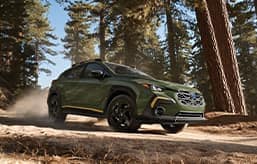
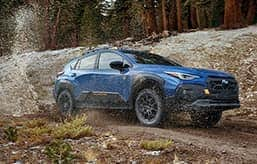
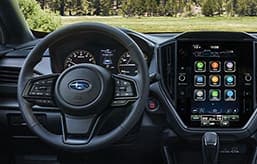
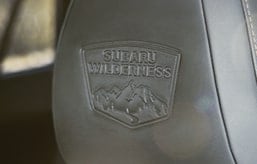
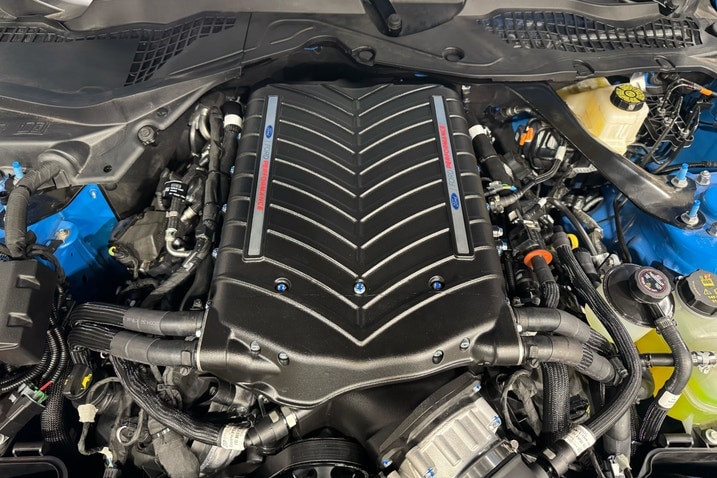
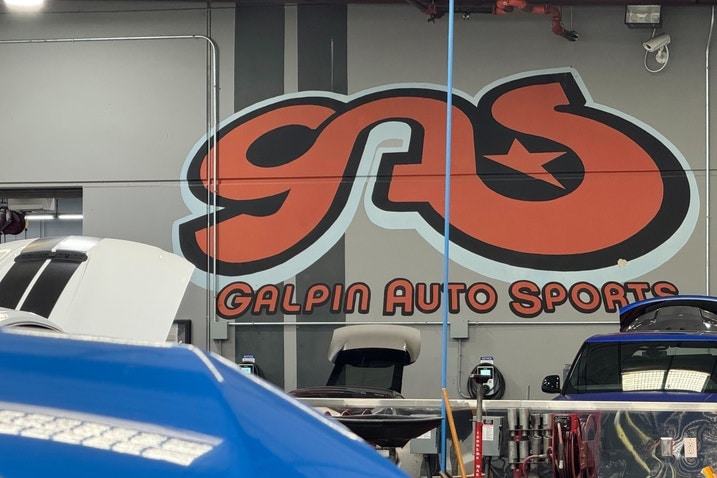
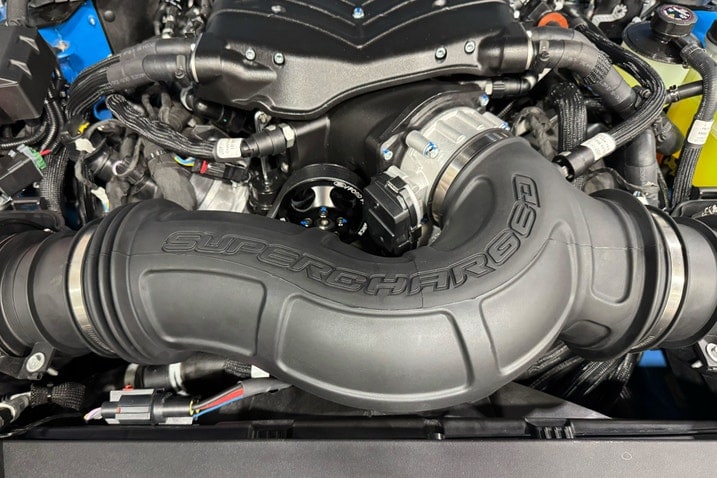

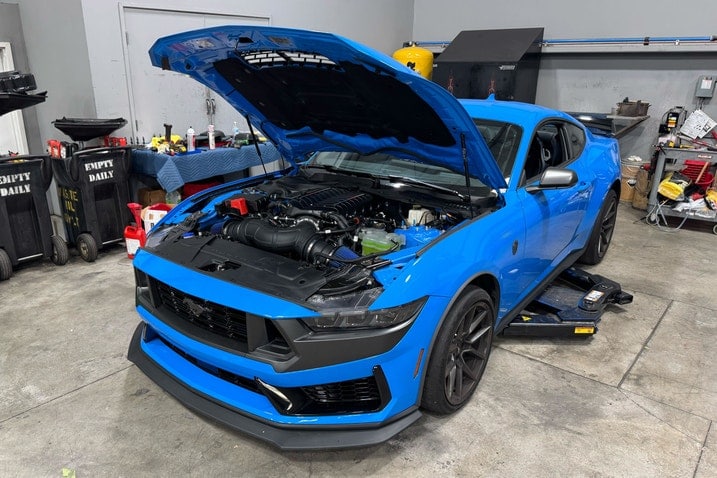
 by
by  edited by
edited by